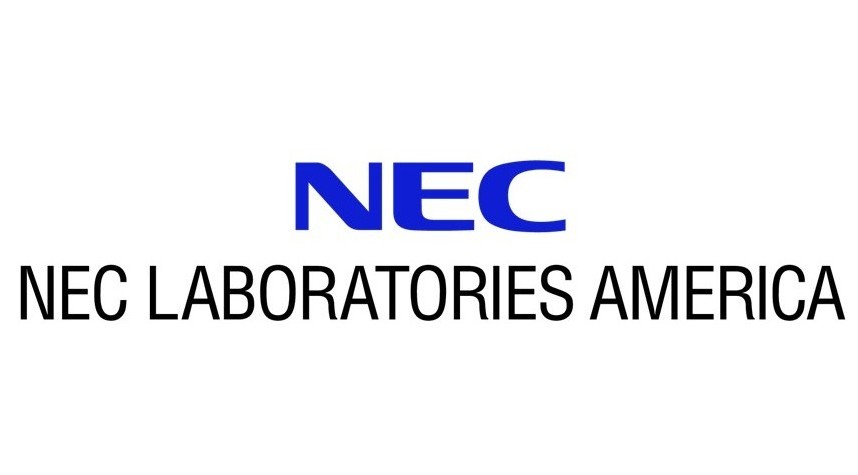Local and Global Optimization Methods for Optical Line Control Based on Quality of Transmission
The ever-increasing demand for data traffic in recent decades has pushed network operators to give importance to the aspect of infrastructure control to facilitate its scalability and maximize its capacity. A generic lightpath (LP) is deployed starting from a traffic request between a given pair of nodes in a network. LPs are operated in the network based on an estimate of the quality of transmission (QoT), which is derived from the physical layer characteristics of a selected route. Regardless of the model used to estimate QoT, it is necessary to calibrate themodel to maximize its accuracy and define minimum design margins. The model calibration process depends significantly on the type of data that can be collected in the field (i.e., type of metric, resolution) and therefore on the available monitoring devices. In this work, a systematic evaluation of the QoT estimation is carried out on a multi-span erbium-doped-fiber-amplified optical line system (OLS) using in the first case only total power monitors and in the second experimentally emulating optical channel monitors (OCMs). Given the type of monitoring devices available, three different physical models are calibrated, and six optimization methods are used to define the optimal configuration of the target gain and tilt parameters of the optical amplifiers, jointly optimizing the working point of all amplifiers (global approach) or proceeding span by span (local approach). Subsequently, the OLS was set in each configuration obtained, and the generalized signal-to-noise ratio (GSNR) profile was measured at the end.


